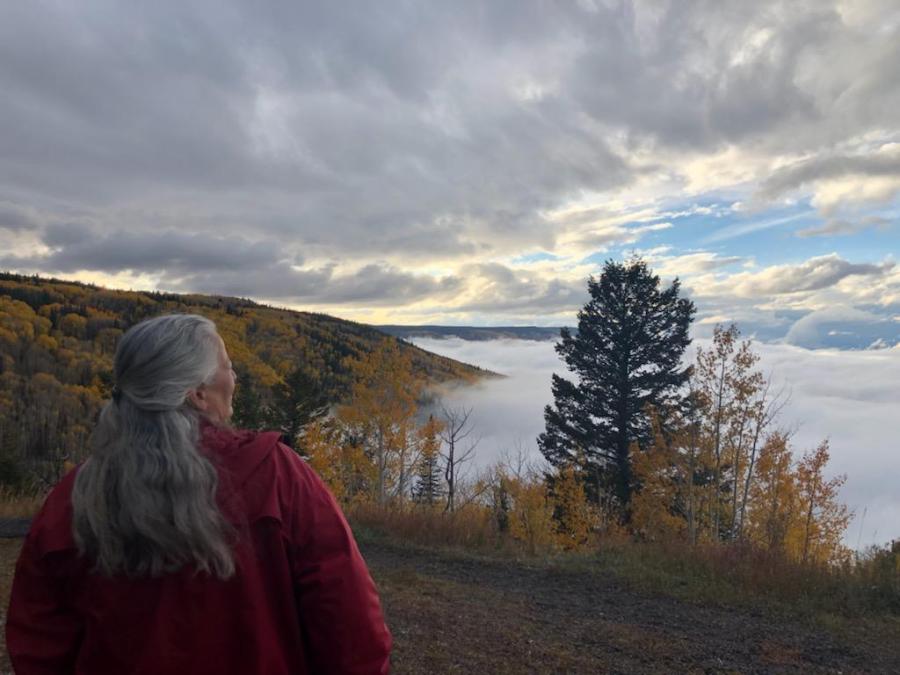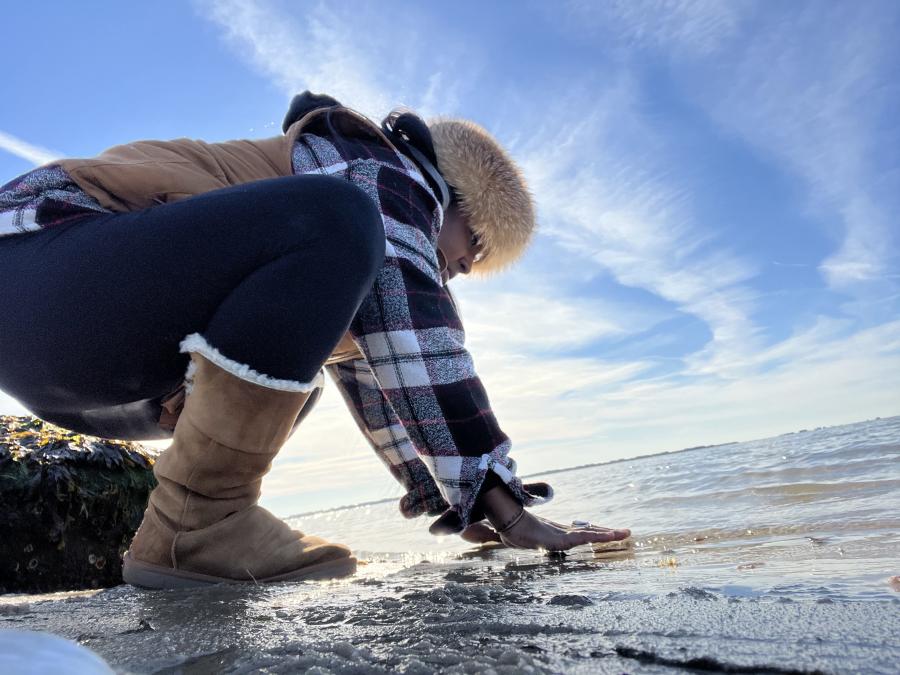
By Phoebe Farris (Powhatan-Pamunkey)
On April 20-22, 2024, in Ketchikan, Alaska, Native American scientists, science educators, and Science, Technology, Engineering, and Math (STEM) consultants came together with like-minded people of various backgrounds to discuss Indigenizing the STEM disciplines at STEM for Youth In Native Communities (SYNC). The workshop was held on Lingi’t Aani’ (Tlingit) lands and began with acknowledgment, honor, and respect to the traditional landowners, Taant’ a Kwa’an and Saanya Kwa’an Tlingit Elders past and present, and future generations, also honoring the relationship between Lingi’t, Xa’adas, and Ts’msyn Peoples. The event was organized by the University of Minnesota, Duluth’s Department of Earth and Environmental Sciences, Dr. Wendy F. Todd (Xa’a das) from the University of Minnesota Duluth, and Daniella Scalice who works for NASA (National Aeronautics and Space Administration).

Utilizing small group brainstorming sessions, individual and group presentations about current STEM projects, therapeutic science-themed arts activities, smudging, and small group visits to Saxman Native Village, participants focused on the following themes: Authority, Community, Allies, Structures of Collaboration/Partnerships, Ethics and Responsibility and Accountability, and Resources.
Reflecting on these topics with a large group of diverse participants was challenging. It was emotional and overwhelming for some, while inspirational and enlightening for others. Ultimately it resulted in concrete suggestions and solutions for re-Indigenizing STEM, acknowledging that science, technology, engineering, and math exist among all cultures, not just western or Euro-American cultures.
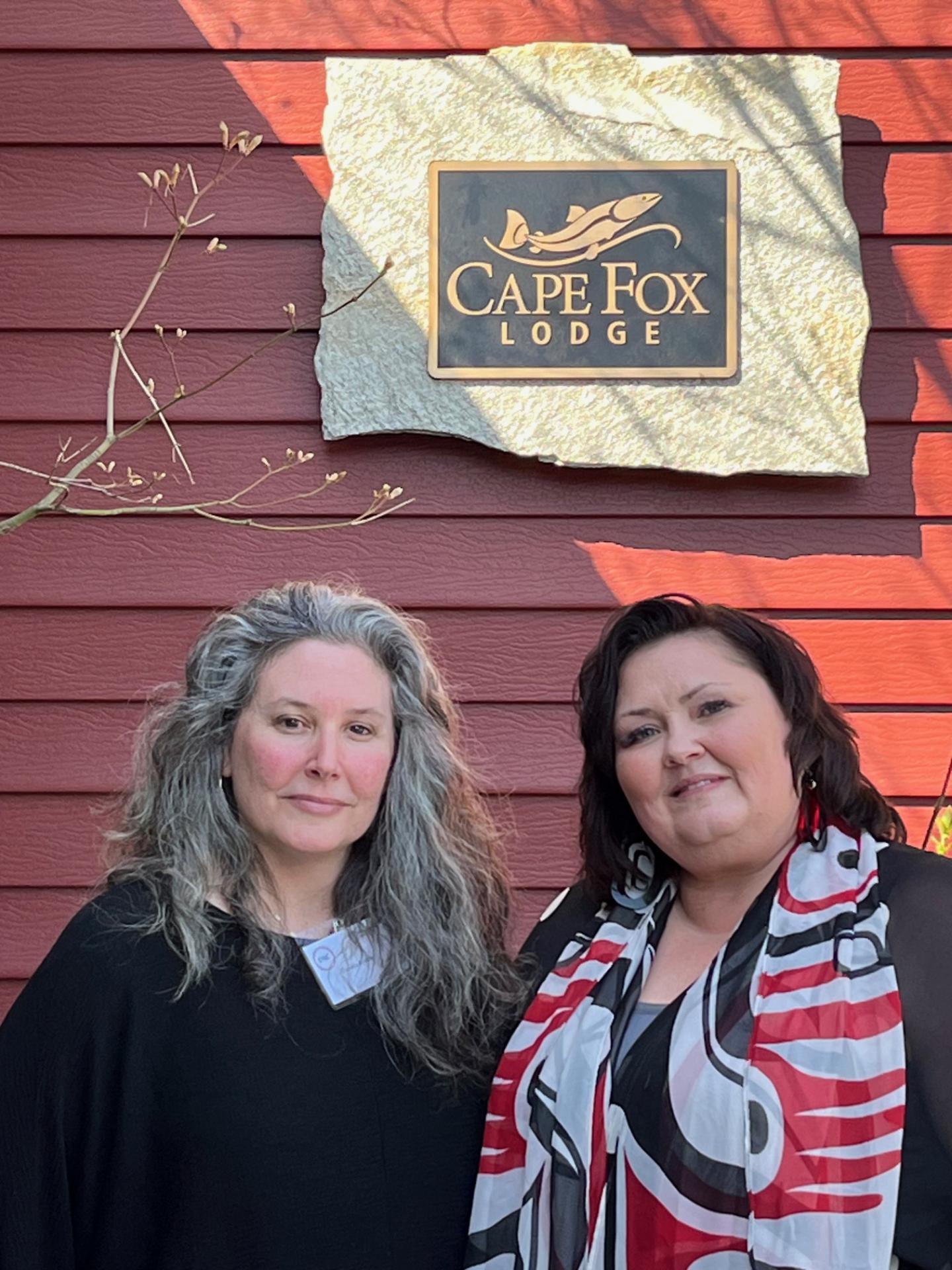
L-R: Organziers Daniella Scalice from NASA and Dr. Wendy F. Todd (Xa’a das) from the University of Minnesota, Duluth.
Some prominent questions were considered: what is authority? Who holds power? Who holds authority accountable? What is community? Who is community? What is Indigenous leadership, sovereignty, and self-determination? What is ethical research? How do we engage allies in relationships that involve power-sharing? How do we empower youth? How do we decolonize professional networks by sharing proposals and creating a communal process instead of the concept of individual ideas? How do we teach the history of western science and its connection to systems of oppression and cognitive imperialism? How can we better ensure that Indigenous research subjects are treated ethically by scientists? And how can we better explain to the non-Indigenous public that traditional knowledge is qualitative and quantitative?
Additionally, various legal procedures and strategies were discussed to implement some of the goals of the workshop regarding Indigenizing STEM education, protecting Native human subjects in scientific research, and maintaining Tribal sovereignty and self-determination.

Delberta Frazier (Lakota) tribal school science educator and Dr. Arielle, STEM Program Manager at Sealaska Heritage in Juneau, AK.
Educator Delberta Frazier (Lakota) discussed common cultural foundations that need to be respected while engaging in the science disciplines. “We all have as the foundation of our cultures Mother Earth and and the roles of animals in our foundation. I have seen that in the presentations from everyone. That foundation is a big part of our goals from community to community,” she said.
Participants were informed about the importance of understanding and utilizing Institutional Review Boards (IRBs) and Memoranda of Understanding (MOUs). An Institutional Review Board is a research ethics committee that provides core protection for human research participation through advanced and periodic independent review of the ethical responsibility of proposals for human research. It has the authority to approve, require modifications, or disapprove research. A Memorandum of Understanding is an agreement between two or more parties planning to create a cooperative and/or educational partnership. It is a critical document establishing coordinated efforts in school-justice partnerships.

L-R: Carolina Londono Michel, postdoc researcher for community-led STEM at Michigan State University, and Dr. Judith Brown Clarke, Vice President for Equity& Inclusion at Stony Brook University, Long Island, NY.
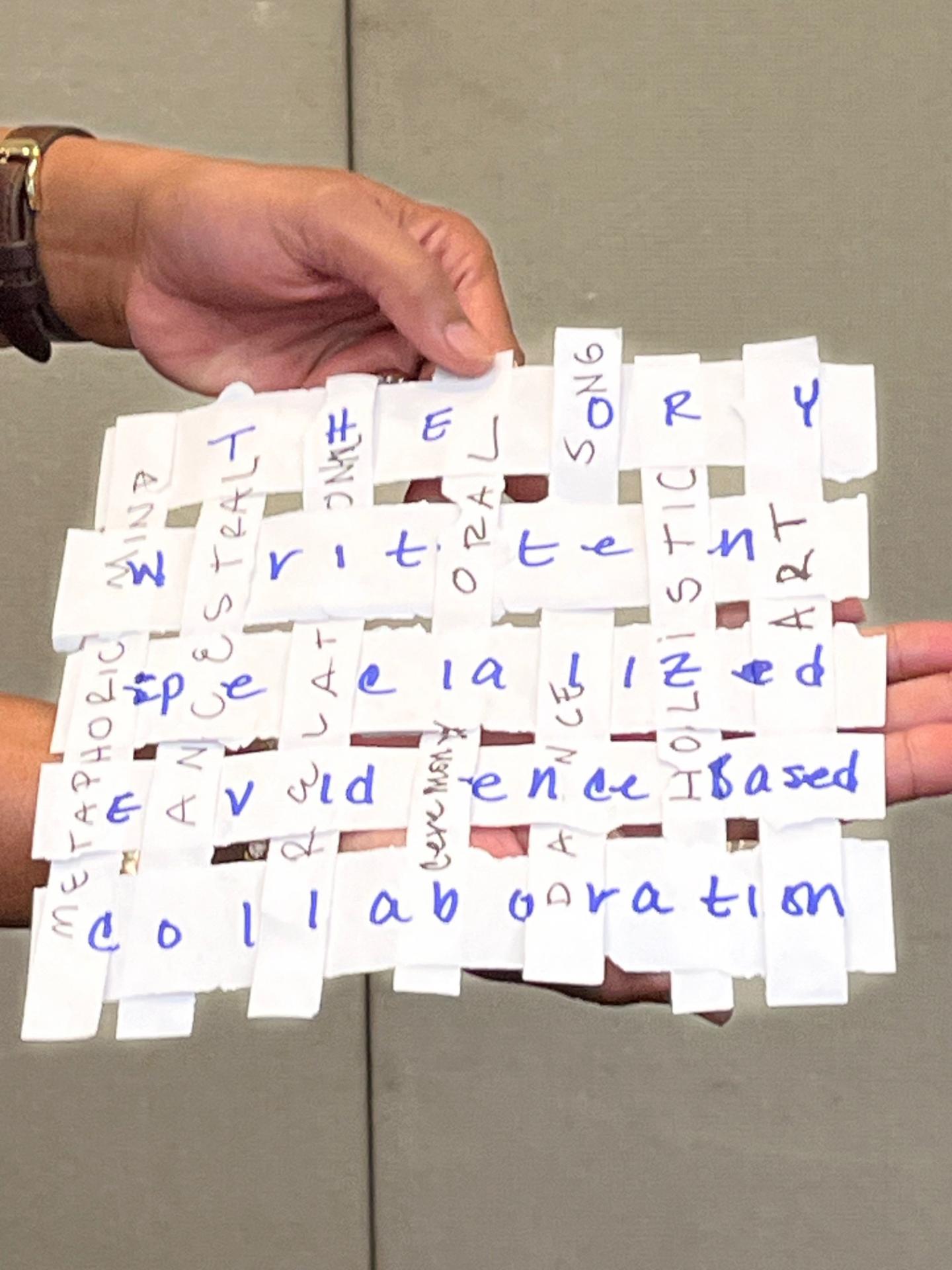
Dr. Judith Clarke observed that the conversations in this workshop about what it means to work within a community while doing science are also happening in other conferences, including one that she recently attended. “It is our opportunity to create a model and practice with ethical expectations of implementation. We have the power. People are asking for this. NASA, the [National Science Foundation, National Institutes of Health], and the Department of Energy are asking for this in their grant review process. Due to the way the political spectrum swings back and forth, we have a short window of time,” she said.
Visits to Saxman Village, noted for its collection of traditional totem poles, provided the necessary breaks for outdoors contemplation, appreciation of traditional southeastern Alaskan art, and walks along the beach across from the totem park.

L-R: Dr. Nancy Maryboy(Dine/Cherokee descent), President of the Indigenous Education Institute and Dr. Erin Lynch, President of QEM (Quality Education for Minorities).
Saxman, the Tlingit Indian Village established in 1894, is named after the school teacher Samuel Saxman, one of the three men lost in December 1886 while scouting for a new location for the people of Tongass and Cape Fox Villages. This park has the world’s largest collection of totem poles, including poles transported from Pennock, Tongass, Village Islands, and Old Cape Fox Village at Kirk Point. Some of the poles were restored by the Federal Works Project and the U.S. Forest Service beginning in 1939.
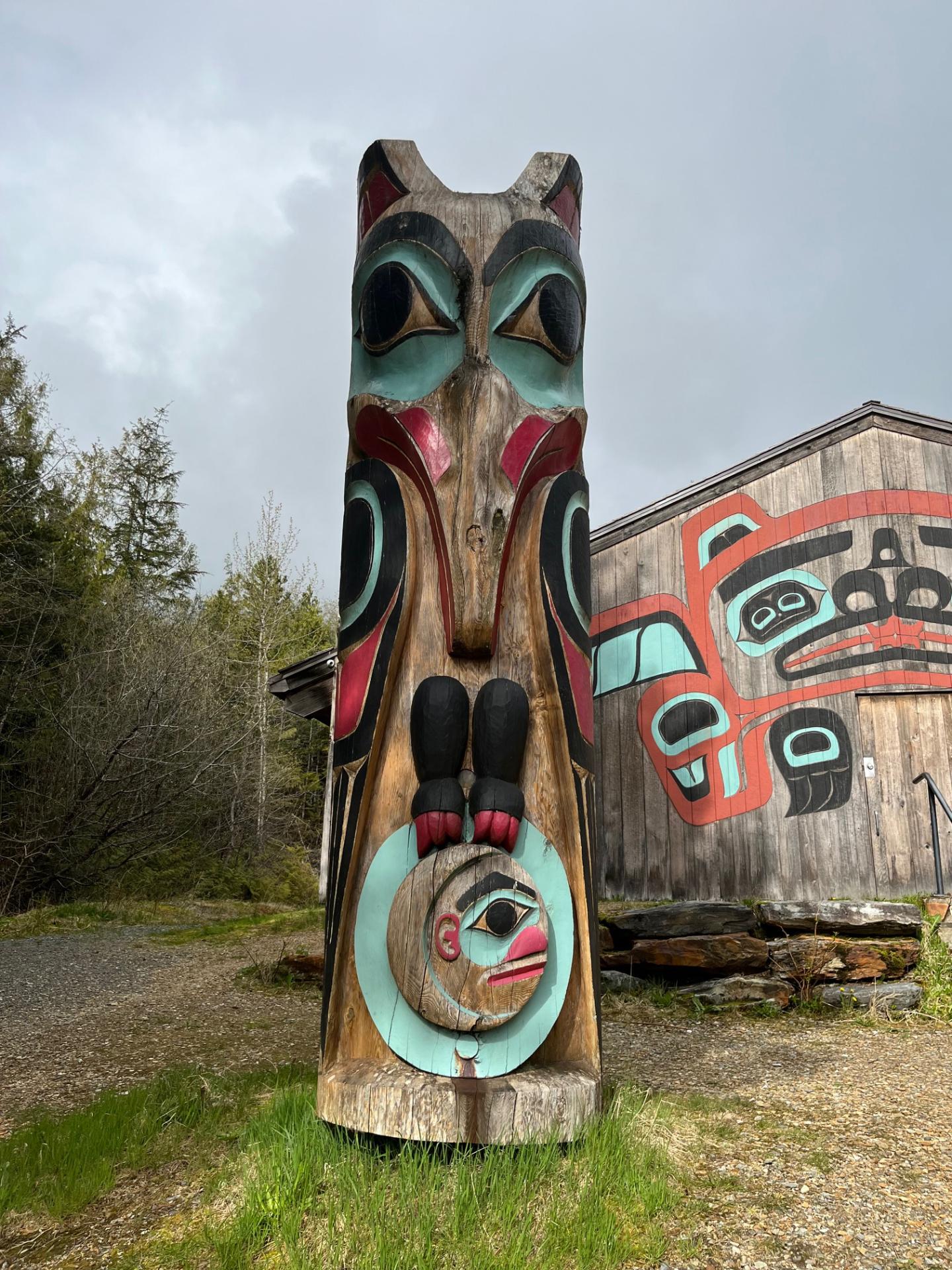
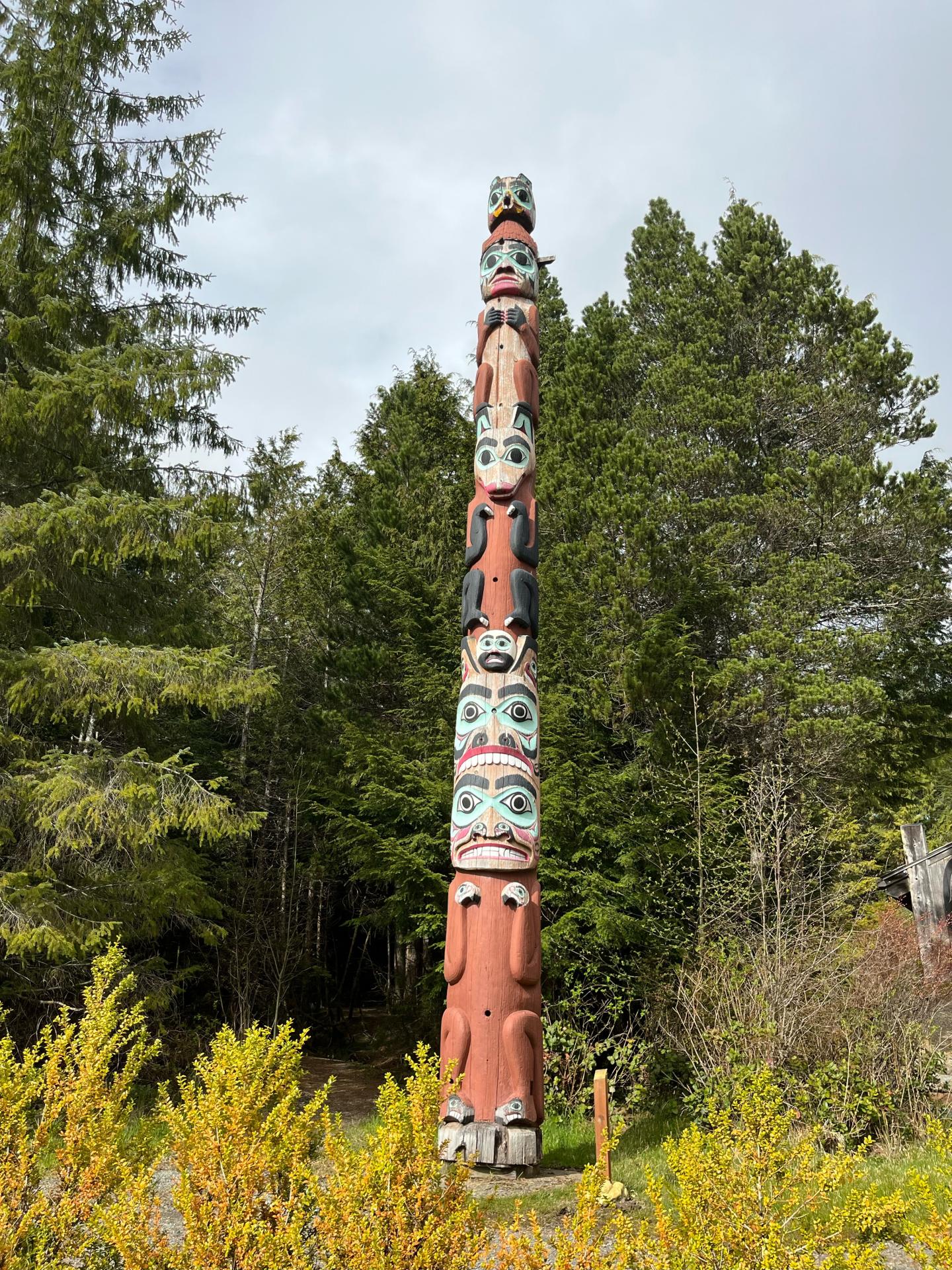

Many thanks to Dr. Wendy F. Todd (Xa’a das) from the University of Minnesota Duluth and Daniella Scalice from NASA for co-sponsoring and co-leading this groundbreaking STEM workshop. The workshop provided participants with guidelines for re-Indigenizing their communities, schools, professional networks, research centers, and personal perspectives on science, technology, engineering, and math.
--Phoebe Mills Farris, Ph.D. (Powhatan-Pamunkey) is a Purdue University Professor emerita, photographer, and freelance art critic.

